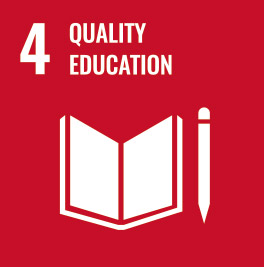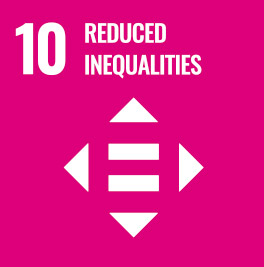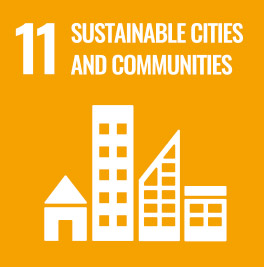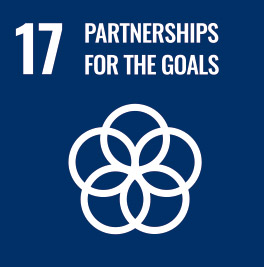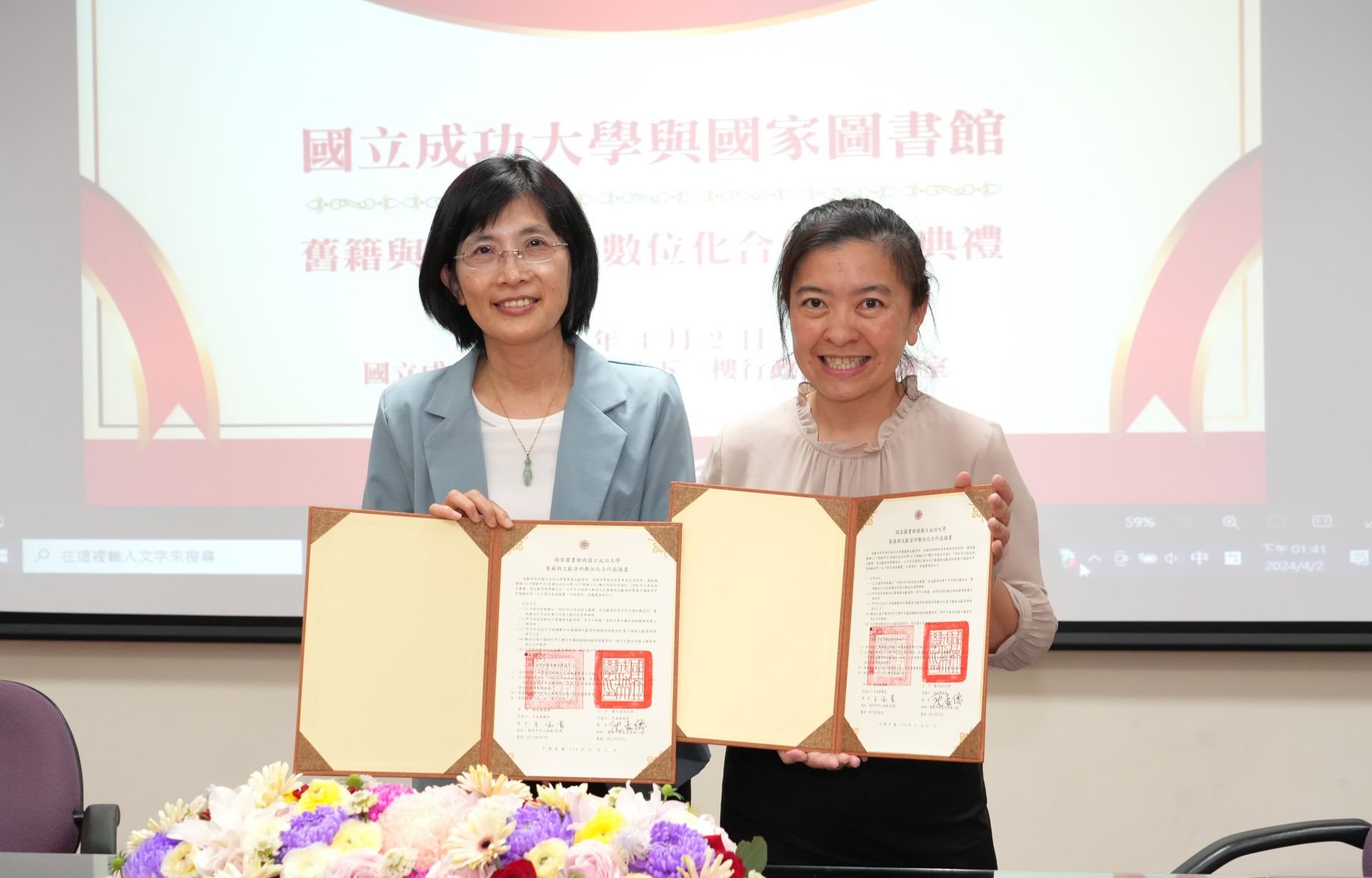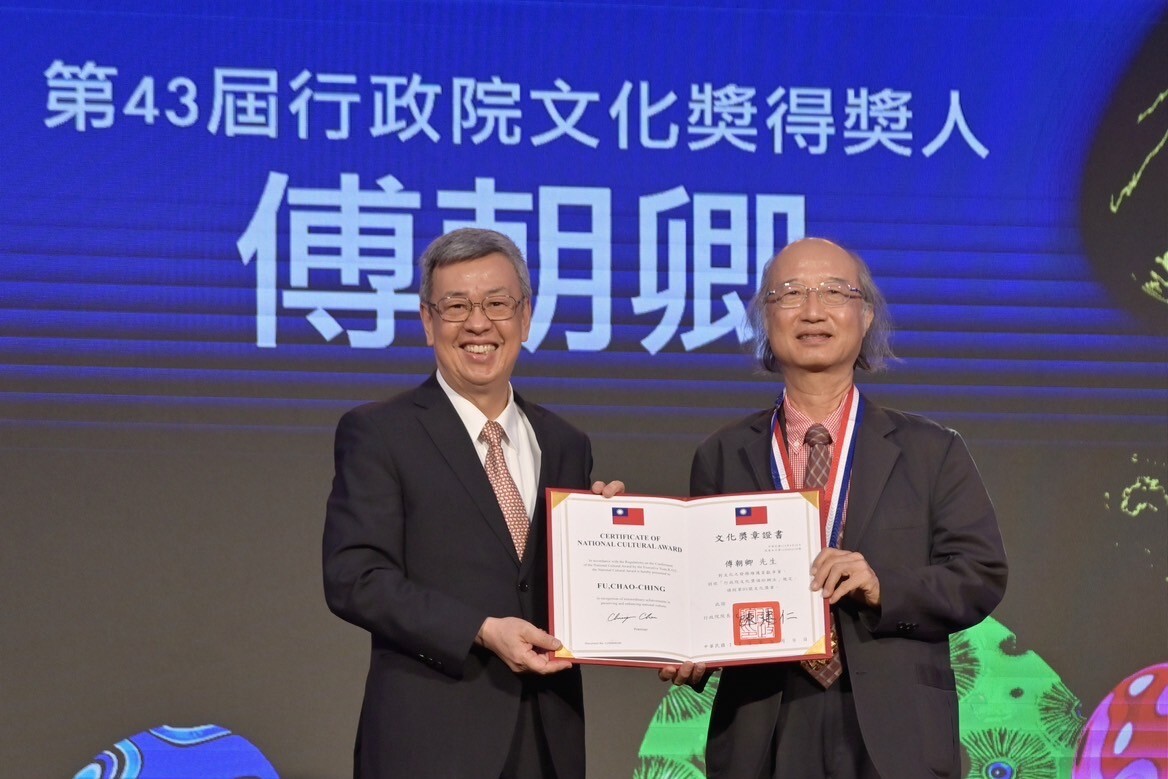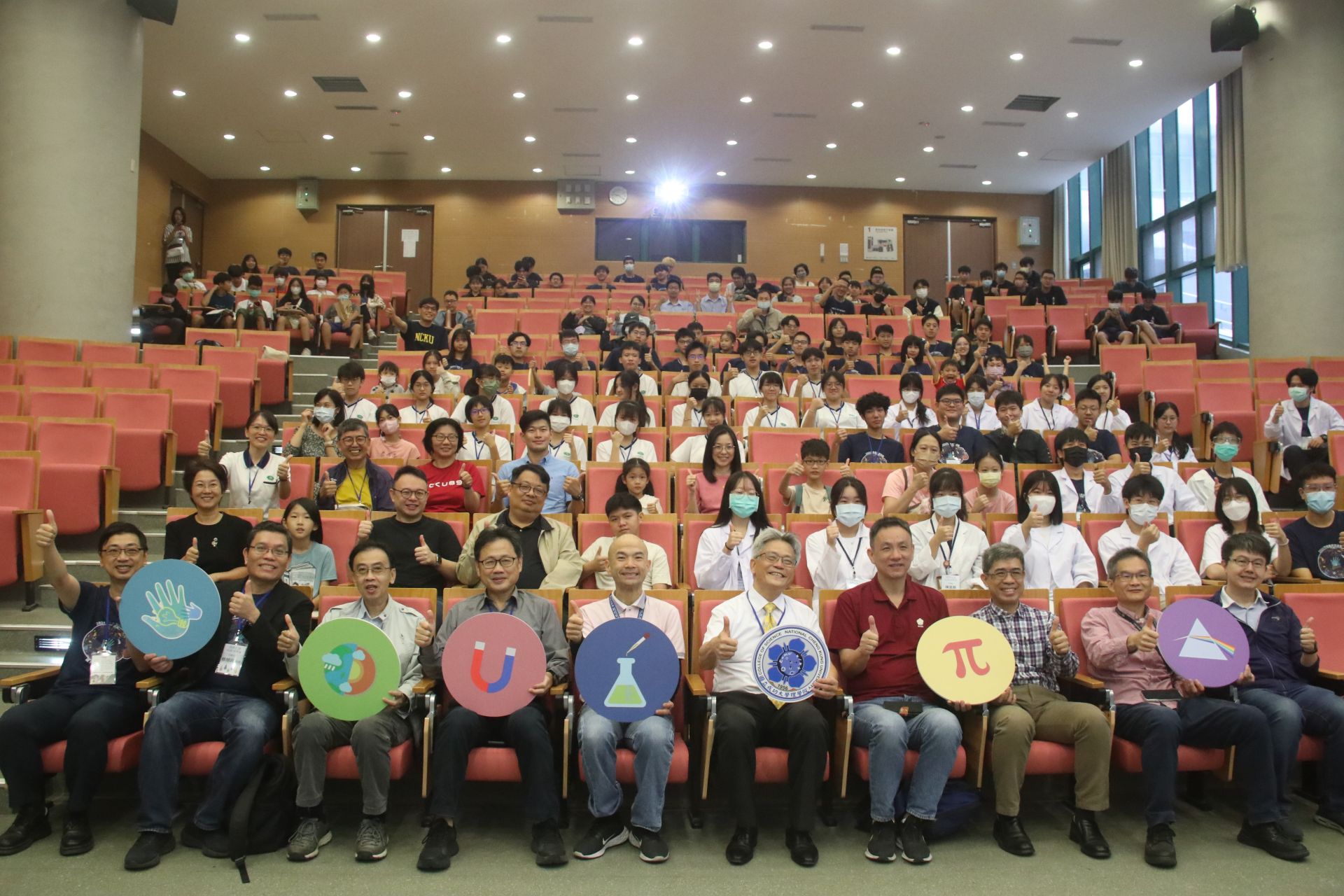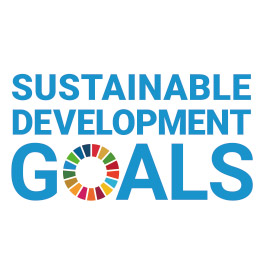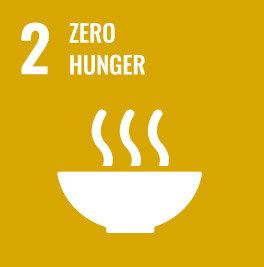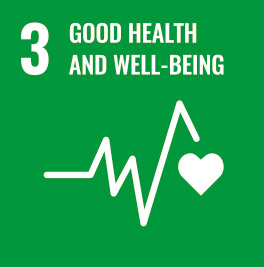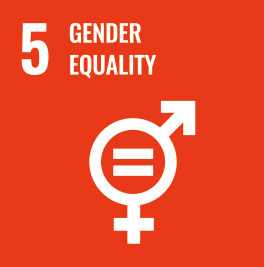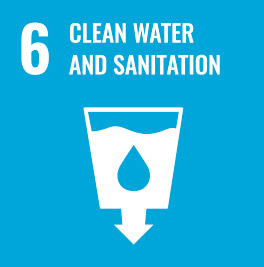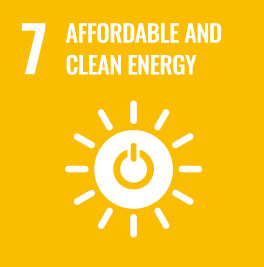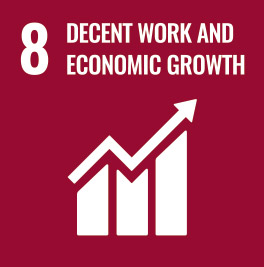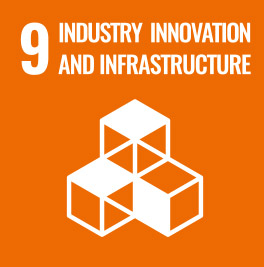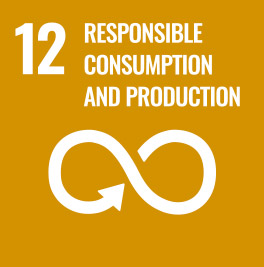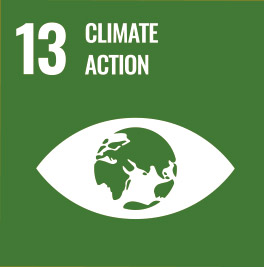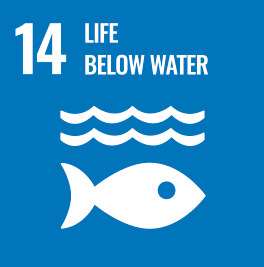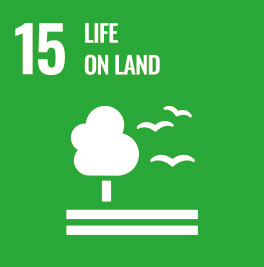SDG11
Bridging Cultures Through Ink and Brush: University of Melbourne Students Experience the Beauty of Traditional Chinese Ink Art
This summer, the Chinese Language Center at National Cheng Kung University (NCKU) invited Professor Chih-Chiang Chang to offer a special course on Chinese ink painting and its cultural significance, allowing students from the University of Melbourne to experience the charm of traditional Chinese art up close and deepen their understanding of Chinese culture.
As part of the program's goal to expand cultural horizons for international students visiting Taiwan, the Chinese Language Center at NCKU curated an immersive Chinese ink painting class rich in Eastern aesthetics, specially designed for the Melbourne student group. Professor Chang, former director of NCKU’s Art Center and a long-time practitioner in both art and education, brought to the course a wealth of humanistic insight and cross-cultural teaching experience. Beginning with brush techniques and composition, he introduced students to the expressive philosophy and aesthetic depth of traditional Chinese painting, particularly the concept of expressive—capturing spirit over form.
Professor Chang’s teaching style is approachable and engaging. With lively language and relatable examples, he enabled even first-time learners to quickly grasp the essence of Chinese painting and gain the confidence to create their own works. In the latter half of the class, students were encouraged to explore their creativity through hands-on practice. As ink flowed across paper and the air filled with the scent of brush and ink, the classroom came alive with imagination. Professor Chang moved among the students, offering guidance, pausing to appreciate their work, and engaging in rich dialogue—fostering a dynamic and inspiring learning environment.
For many students, the class was more than just an art lesson—it was a deeply felt cultural experience. They expressed how the class not only taught them the techniques of Eastern painting, but also offered a tangible connection to the cultural meanings embedded in the art form. Through practice and discussion, the once unfamiliar world of brush and ink became approachable and expressive. Some depicted landscapes that reflected past travels, others painted birds and flowers to express a love of nature, and still others attempted fusion styles that combined their own cultural backgrounds with traditional Chinese techniques. In this space, the language barrier melted away, replaced by an artistic dialogue spoken through brushstrokes and shared experience. The classroom became a place of both emotional resonance and intercultural exchange.
This painting course also exemplified the Chinese Language Center’s commitment to nurturing cultural literacy alongside language instruction. NCKU’s Chinese Language Center has long devoted itself to offering diverse and in-depth curricula that integrate language learning with perspectives from art, humanities, history, society, politics, and economics. Through such programming, students are not only learning Mandarin but are also gaining deeper insights into Taiwanese culture—where understanding blossoms not just through words, but through brush, conversation, and shared creation.
The University of Melbourne launched its first collaboration with NCKU’s Chinese Language Center during the summer of 2024, organizing a four-week Chinese language program for a group of 16 students, which was highly praised by faculty and participants alike. In recognition of the program’s success, the University of Melbourne will continue the partnership in 2025 with an expanded four-week course. This year, the university secured 27 student grants through Australia’s New Colombo Plan (NCP), each worth AUD 2,500. Additionally, students not covered by the NCP were awarded AUD 1,500 in support from the university itself—demonstrating their strong commitment to and appreciation for this ongoing collaboration.
As part of the program's goal to expand cultural horizons for international students visiting Taiwan, the Chinese Language Center at NCKU curated an immersive Chinese ink painting class rich in Eastern aesthetics, specially designed for the Melbourne student group. Professor Chang, former director of NCKU’s Art Center and a long-time practitioner in both art and education, brought to the course a wealth of humanistic insight and cross-cultural teaching experience. Beginning with brush techniques and composition, he introduced students to the expressive philosophy and aesthetic depth of traditional Chinese painting, particularly the concept of expressive—capturing spirit over form.
Professor Chang’s teaching style is approachable and engaging. With lively language and relatable examples, he enabled even first-time learners to quickly grasp the essence of Chinese painting and gain the confidence to create their own works. In the latter half of the class, students were encouraged to explore their creativity through hands-on practice. As ink flowed across paper and the air filled with the scent of brush and ink, the classroom came alive with imagination. Professor Chang moved among the students, offering guidance, pausing to appreciate their work, and engaging in rich dialogue—fostering a dynamic and inspiring learning environment.
For many students, the class was more than just an art lesson—it was a deeply felt cultural experience. They expressed how the class not only taught them the techniques of Eastern painting, but also offered a tangible connection to the cultural meanings embedded in the art form. Through practice and discussion, the once unfamiliar world of brush and ink became approachable and expressive. Some depicted landscapes that reflected past travels, others painted birds and flowers to express a love of nature, and still others attempted fusion styles that combined their own cultural backgrounds with traditional Chinese techniques. In this space, the language barrier melted away, replaced by an artistic dialogue spoken through brushstrokes and shared experience. The classroom became a place of both emotional resonance and intercultural exchange.
This painting course also exemplified the Chinese Language Center’s commitment to nurturing cultural literacy alongside language instruction. NCKU’s Chinese Language Center has long devoted itself to offering diverse and in-depth curricula that integrate language learning with perspectives from art, humanities, history, society, politics, and economics. Through such programming, students are not only learning Mandarin but are also gaining deeper insights into Taiwanese culture—where understanding blossoms not just through words, but through brush, conversation, and shared creation.
The University of Melbourne launched its first collaboration with NCKU’s Chinese Language Center during the summer of 2024, organizing a four-week Chinese language program for a group of 16 students, which was highly praised by faculty and participants alike. In recognition of the program’s success, the University of Melbourne will continue the partnership in 2025 with an expanded four-week course. This year, the university secured 27 student grants through Australia’s New Colombo Plan (NCP), each worth AUD 2,500. Additionally, students not covered by the NCP were awarded AUD 1,500 in support from the university itself—demonstrating their strong commitment to and appreciation for this ongoing collaboration.
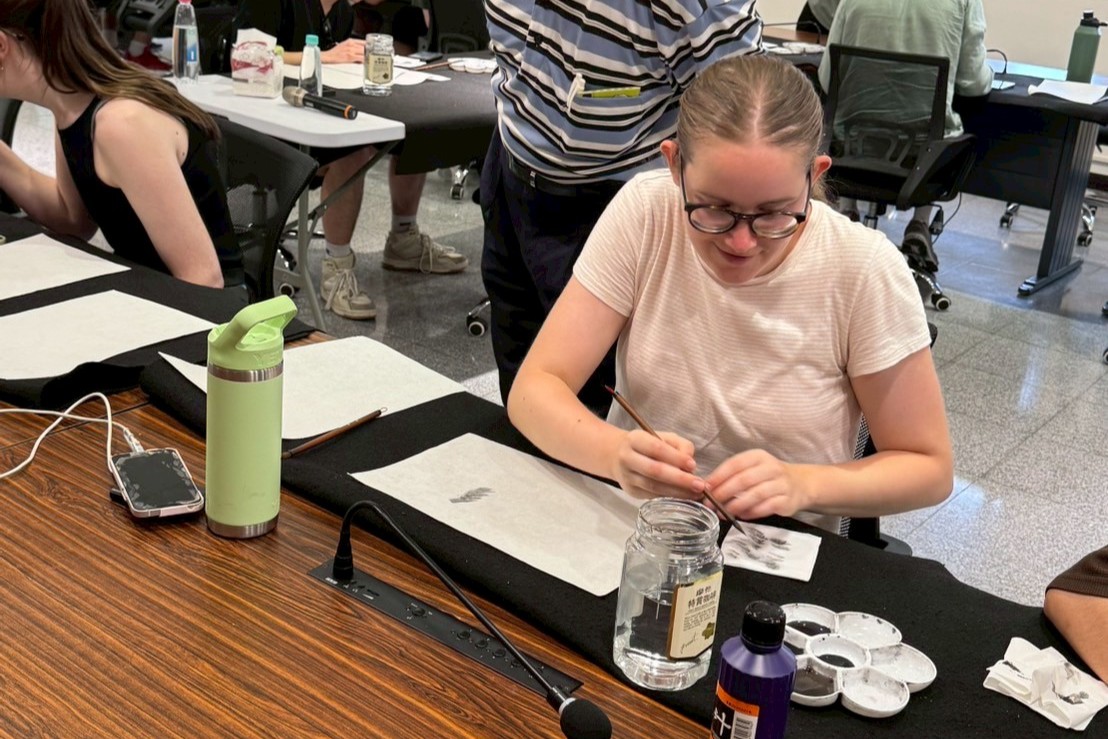
International students experimented with traditional brush painting.
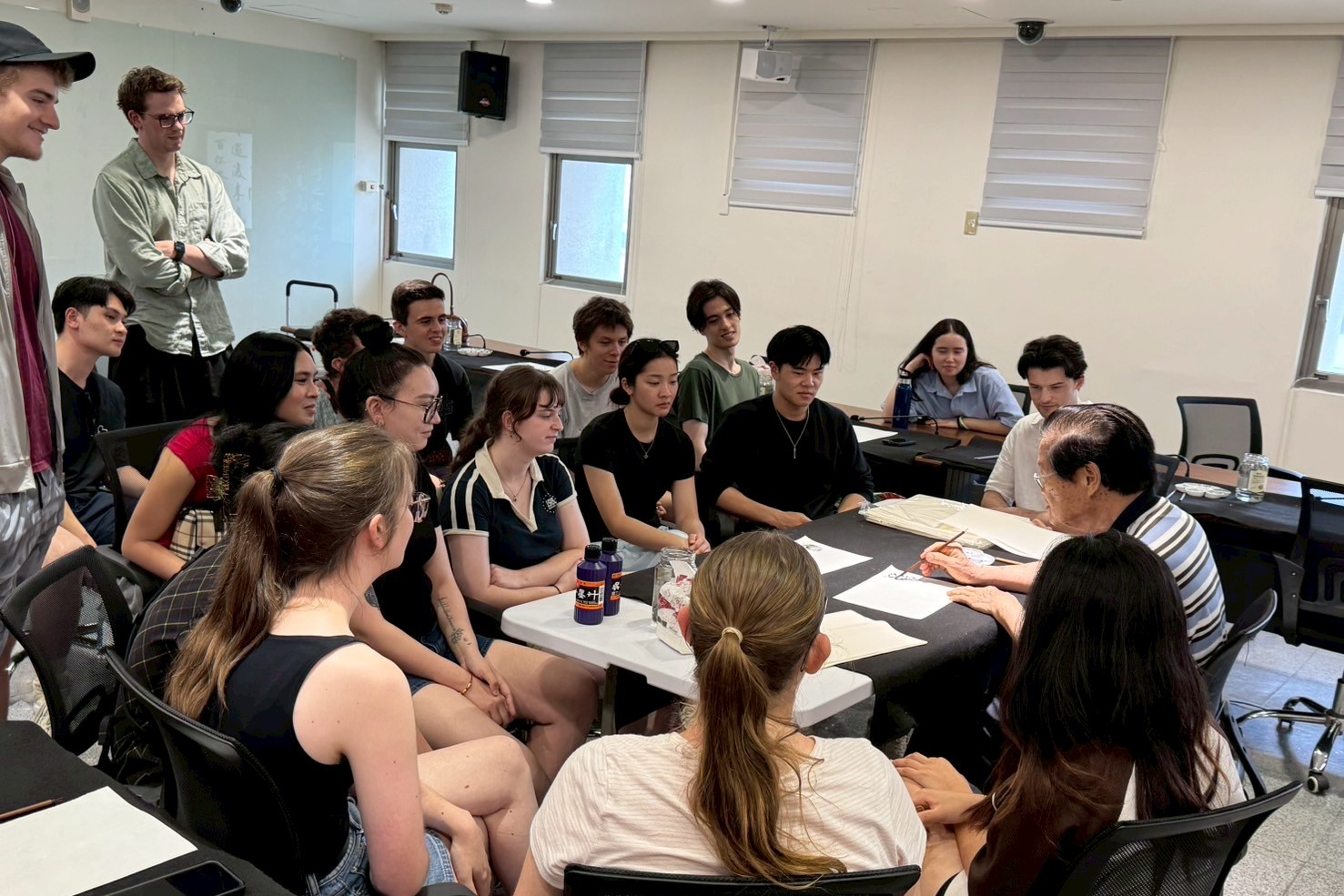
The ink painting course guided Australian students in understanding the aesthetic and philosophical depth of Eastern art.
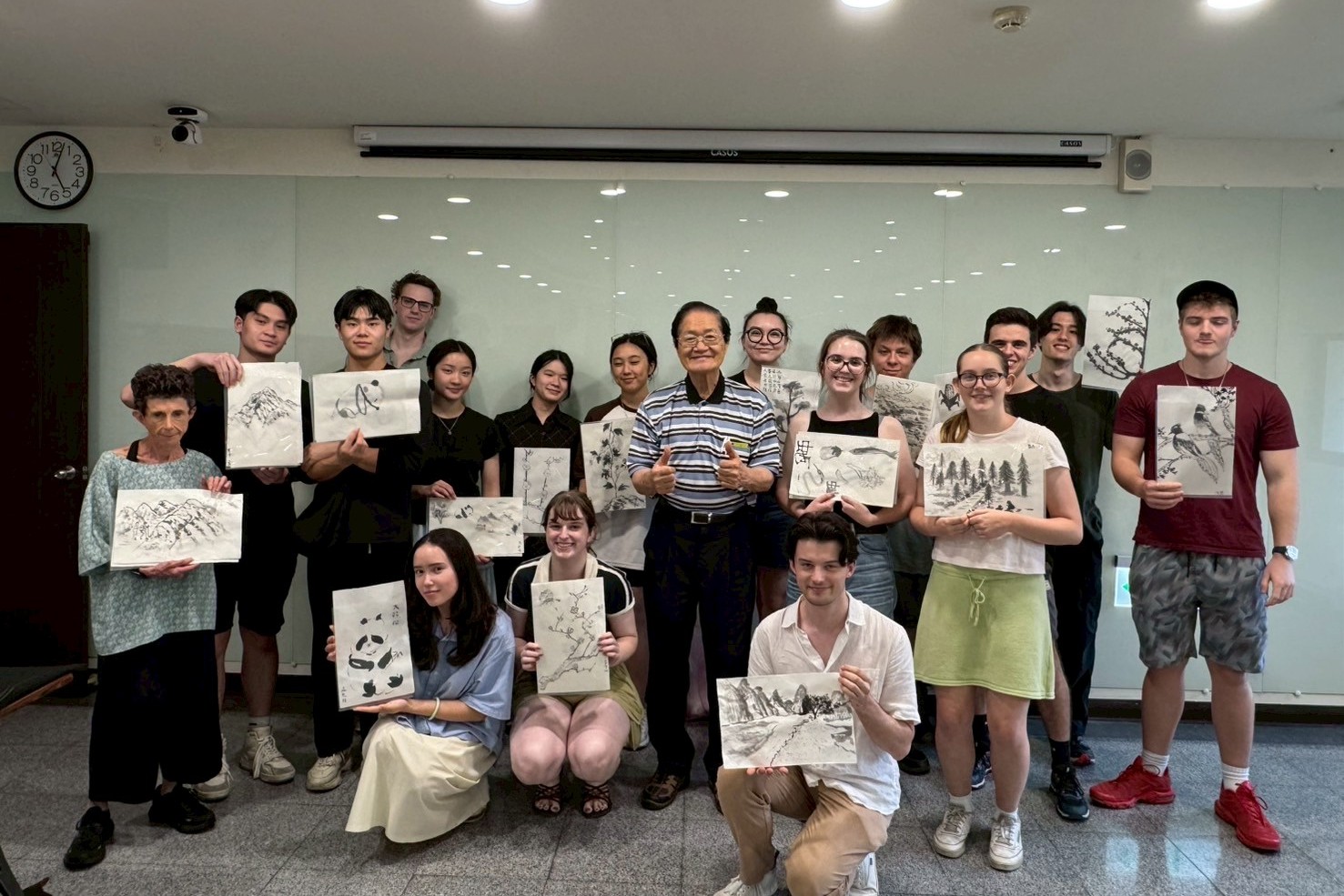
Students proudly held up their ink paintings and posed for a joyful group photo.


